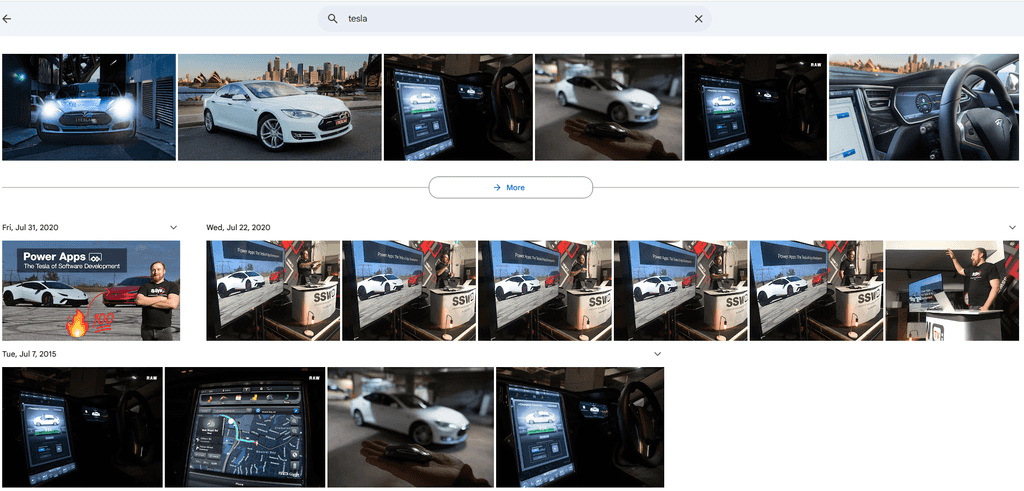Do you use Google Photos to store and manage images?
Last updated by Github-actions[bot] 20 days ago.See historyHave you ever wasted time searching through disorganized photo folders or lost images when a team member leaves? Managing images poorly can be costly and frustrating.
Google Photos offers a practical way to organize and find your images with ease. Using features like automatic sorting, facial recognition, and powerful search tools, it helps you quickly locate specific photos from your collection.
Whether you're looking for a picture of a specific person, place, or event, Google Photos makes the process straightforward and efficient. This guide will explore how to make the most of Google Photos' capabilities for managing and finding your images.

There are 3 main ways you can organise your photos using Google Photos:
Option A: Google Photos and Share Links
Google Photos can be used as a repository, but it can also be used as a file-sharing tool. If you want multiple people to add photos to an album, you can create a link and share it for others to use. It's quick, easy, and doesn't require special access to your repository. You can then 'tag' people in photos so that Google will continue to recognize them as new photos are added, and can even automatically add those photos to approved folders.
One limitation to be aware of is that whoever uploads the photos maintains control over the image. So, if an admin or an uploader removes their access to a folder, so too are their images.
Option B: Staging Area, then add to Google Photos (recommended)
Inviting a lot of people to share their photos of an event with you can create curation issues. For example, an attendee might upload the 50 images they've taken, but only 10 of those are good enough quality to keep.
To avoid storage space issues (everyone gets 15 GB), it is a better practice to have a 'staging area' where everyone can upload their photos, allowing them to be curated, and only the best ones can then be uploaded to Google.
Use SharePoint or a traditional file server to collect all of your photos. From there, they can be organized, bad photos can be removed, and then added to Google Photos by our marketing team. You'll have a more useful repository of photos to use later.
Option C: File Server for staging, then auto-add to Google Photos
Using a file server as a staging area makes it easy to automate uploads to Google Photos. While the initial setup takes a little time, it saves a lot of effort in the long run. Once curated, photos can be stored in a designated folder on the file server, which then pushes them to Google Photos, no more manual transfers!
However, changes introduced in September 2024 brought new limitations to the Google Photos API, particularly around cloud-to-cloud integrations. You can read more here: https://developers.googleblog.com/en/google-photos-picker-api-launch-and-library-api-updates.
Watch the video to learn more about Google Photos and how to set it up for your company:
